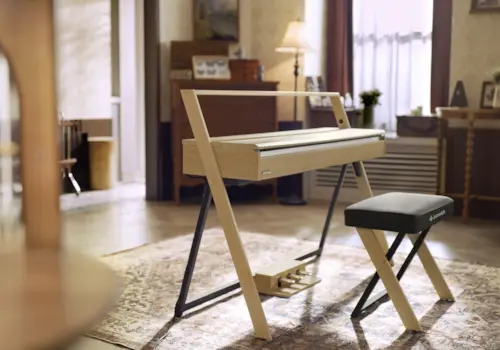Slow practice is, as we know, a valuable practice tool. It allows us to work in isolation at tricky (or, perhaps, not so tricky) passages, assimilating and digesting those sections which might otherwise elude us, if constantly practised at speed. However, can there be too much of a good thing?
Yes, it seems there can, because if we constantly practise under tempo, there is a distinct possibility of becoming accustomed to only the slow tempo, rendering a return to the actual speed, troublesome. It seems as though our minds have difficulty adjusting to, what can eventually feel, an alien tempo. Slow and fast practice is, therefore, a must.
Here are a few ideas...
Practise at three different speeds

Let’s assume you are working at a movement of a sonata, and you need to do some very slow work, but you still want and need to keep a feel for the tempo.
It can be helpful to set three speeds on your metronome:
1. An extremely slow tempo, perhaps a quarter (or a fifth) of the actual speed, for deep, secure practice, with fingers going to the bottom of the key-bed.
2. A slightly faster speed, such as half the suggested tempo, so you can still practise with a firm touch, but slightly quicker than the first tempo.
3. Finally, a speed much closer to the actual tempo, which will remind you of the composer’s original marking. I suggest playing the piece through at all three tempi, too, as opposed to using the concept only for spot practice (although this is also beneficial).
Improve your knowledge of music tempos with our brand new cheat sheet 👇
Try out reverse practising

Reverse practice can be very useful if executed correctly.
Find a rapid passage in your piece; it might be a group of demisemiquavers or a group of semiquavers. Let’s say it’s a group of sixteen notes. Play the first four notes up to speed, the following four at half speed, the next four up to speed and, the final group, half speed. Now reverse this.
Taking this idea a little further; play the first four notes at speed, the next four at a quarter of the tempo, then follow this with a group of four at half the suggested speed, and, lastly, a group of four at double the speed. Again, reverse this idea. The continual speed change will help to ensure your mind is constantly on alert, and that you are not just playing the passage mindlessly. It will also drill your fingers so that fingering, key depth, evenness and rhythmic security are achieved.
Alter your dynamics in conjunction with your speed changes for extra practice

Keep in mind that as you practise slowly, exaggerated movements and a heavy touch are required, but aim to lighten your finger power and volume as you adjust and increase the speed. The overall result should be neat, even passages.
At the end of a practice session, irrespective of how slow you’ve been working, be sure to play your piece through at the written tempo, or perhaps just under the written tempo, as a reminder of the speed and the character.










